
10 Practical Benefits of Freshwater Pearls vs Open Water Pearls
Choosing pearls can feel like a trade off between beauty, durability, and ethics. Freshwater pearls present a compelling alternative to open water pearls, offering distinct benefits across colour, nacre thickness, shape variety, and sourcing transparency.
This guide outlines ten practical advantages, including cultivation transparency, a broader colour palette, thicker nacre, varied shapes, lower environmental impact, greater accessibility, versatile design options, straightforward care, bespoke potential, and consistent supply. Read on to see how these attributes translate into lasting lustre, ethical confidence, and jewellery you will reach for again and again.
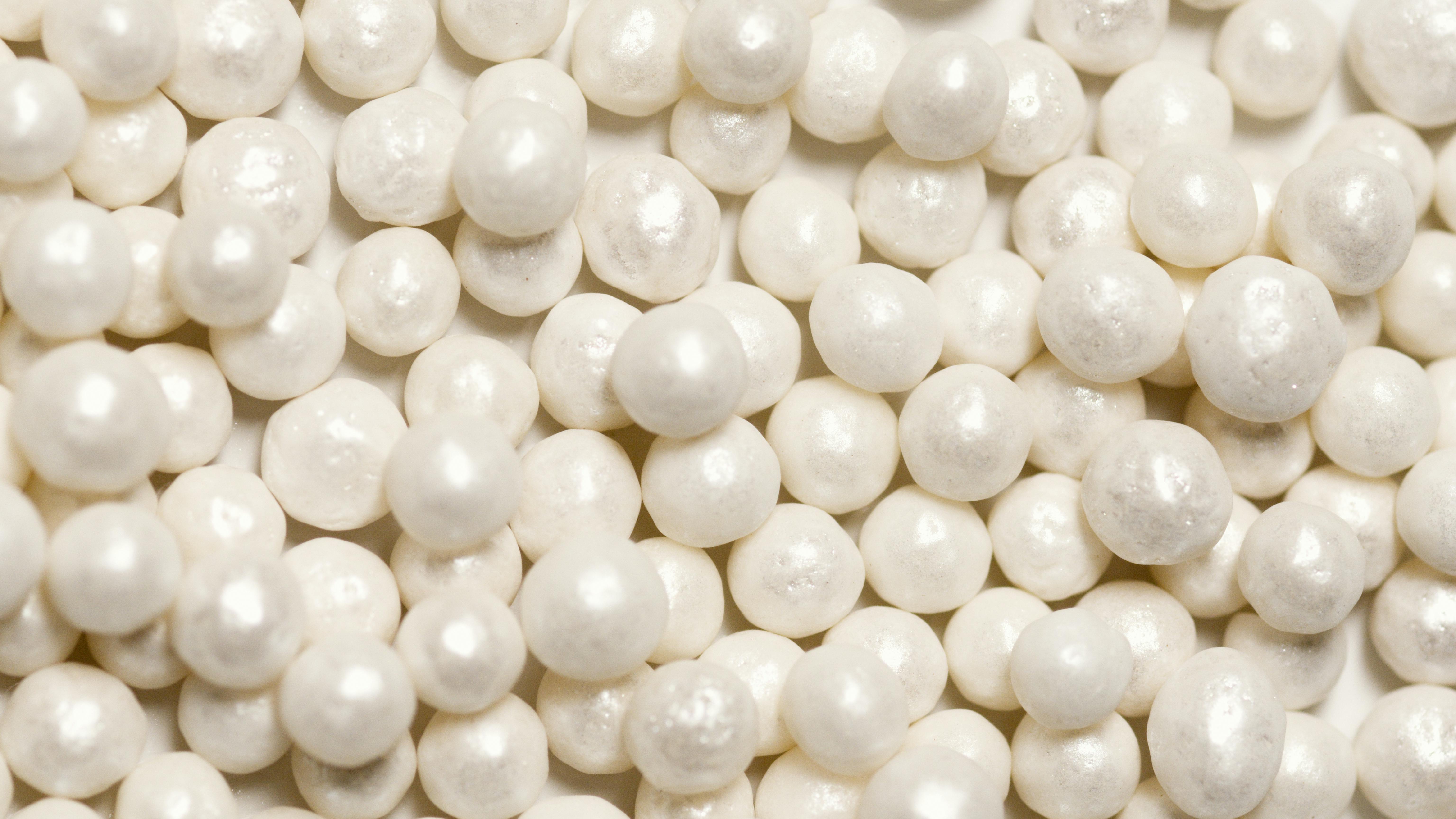
1. Prioritise freshwater cultivation transparency
Request farm certificates, chain-of-custody logs, independent gemmological reports that quantify nacre thickness and contaminant levels, and third-party audit summaries, because these documents respectively attest origin, custody, shell deposition, and operational compliance. Understand how culturing methods leave physical evidence: bead nucleation typically shows concentric growth and thinner surface nacre, whereas tissue grafting produces rounder shapes, thicker nacre build-up, and distinct surface texture, so ask sellers how pearls were nucleated and request supporting images or technical reports. Use laboratory findings and magnified images to corroborate seller statements before proceeding to environmental and traceability checks.
Verify environmental and social indicators by requesting water-management logs, chemical use records, habitat restoration documentation, and worker welfare reports, and insist on independent environmental assessments or summaries to substantiate sustainability claims. Leverage traceability tools such as batch numbers, QR codes, digital registries, and immutable ledgers, then cross-check those identifiers against publicly accessible registries or laboratory certificates to confirm provenance. On a practical buyer checklist, ask about farm size and ownership, obtain recent lab analyses, and request clear photos of pearl beds or hatcheries. Inspect pearls under magnification for drill-hole characteristics, surface features, and colour variability, noting patterns of nacre build-up and surface morphology that commonly indicate authentic freshwater cultivation.
4mm freshwater studs reveal nacre and surface texture under magnification
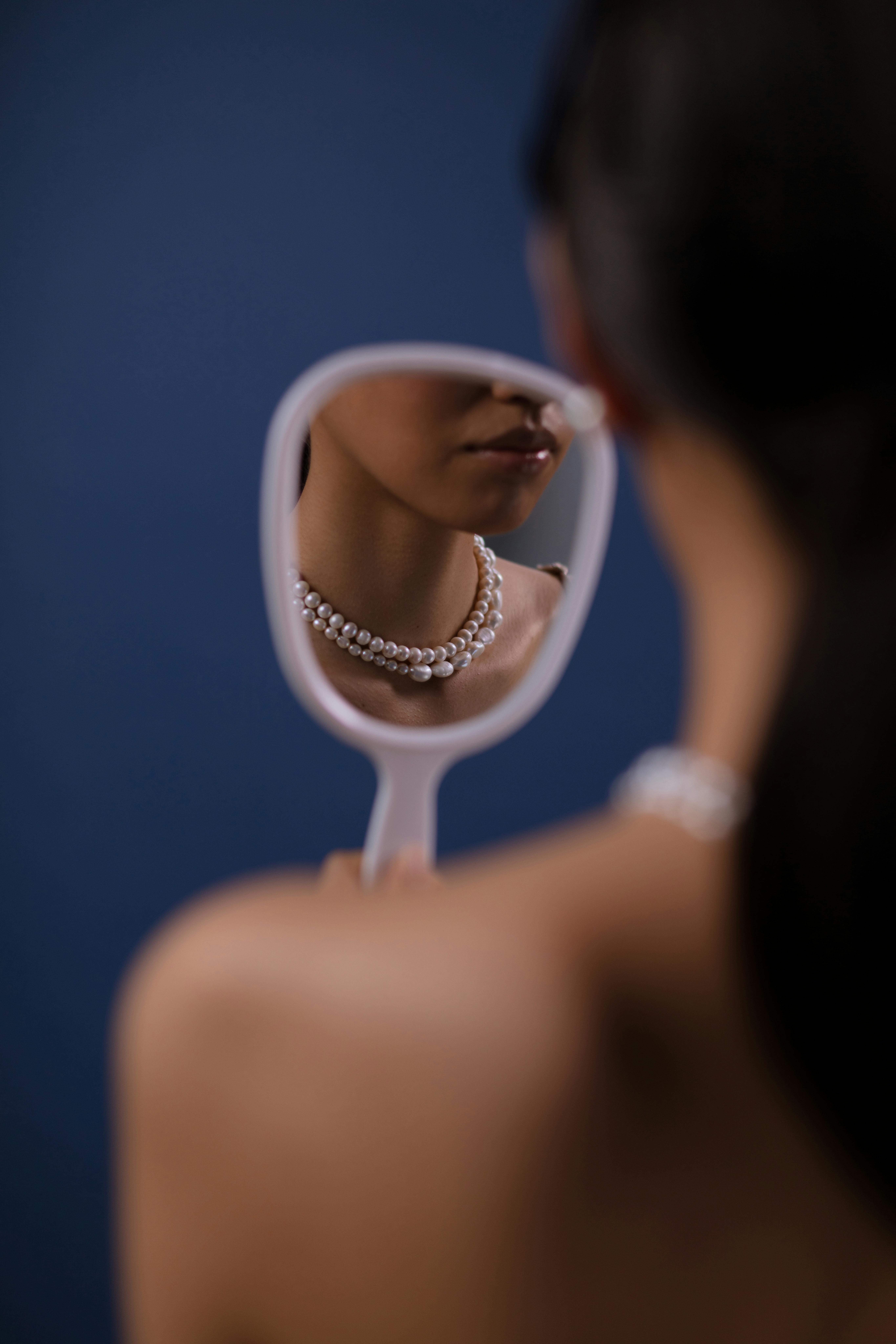
2. Explore the broader colour palette of freshwater pearls
Freshwater pearls present a broader natural palette, commonly occurring in white, cream, pink, peach, lavender, grey, blue, green, and darker tones. Those hues arise from differences in mussel species, water chemistry, and generally thicker nacre layers, which influence overtone and depth of colour. Dealers and designers commonly alter colour through bleaching and dyeing, and you can spot treatments by looking for unnaturally uniform saturation, colour pooling around drill holes, or colour that sits only on the surface. Comparing pearls under natural and artificial light helps reveal whether a hue penetrates the nacre or simply coats the surface.
When choosing and styling pearls, test them against your skin and wardrobe in natural light, pairing warm tones like peach and pink with yellow metals and warm complexions, and cool tones like lavender and grey with silver or white metals to enhance complementary contrasts. To ensure colour longevity, inspect lustre, surface texture, and drill holes for signs of pigment wear, favour pearls with even overtones and visible nacre depth, and perform a soft cloth rub test on a concealed area to check for colour transfer before committing to a piece. Designers should consider mixing natural and treated colours deliberately, request loose pearls to arrange sequences before setting, and use open, minimal, graduated, or multi-strand settings to expose and celebrate the freshwater palette rather than hide it.
Showcase warm overtones with a five pearl gold chain.

3. Choose pearls with thicker nacre for lasting lustre
Nacre consists of microscopic aragonite platelets bound by an organic matrix that refract light, and a greater build-up of those layers produces deeper, more reflective lustre and better resistance to surface wear, chipping, and nucleus exposure. Pearls with thicker nacre tolerate routine cleaning with a soft cloth and mild, non-alkaline soap, withstand everyday friction better, and retain lustre through light polishing or occasional restringing. Thin-nacre pearls tend to show a chalky, flat reflection and require gentler handling, so align the pearl's nacre with its intended use to avoid premature damage.
To assess nacre yourself, hold the pearl under a single strong light, tilt it to judge depth of reflection and overtone, and examine the drill hole or setting edge with a loupe to look for layered structure or a dark core. Reject specimens that show a flat, plate-like reflection or reveal a dark nucleus through the drill hole, as these are reliable indicators of thin nacre. Ask the seller or a laboratory for nacre thickness expressed in microns and compare like-for-like specimens, favouring higher reported values when you plan frequent wear or long-term use. When pairing or matching pieces, prioritise consistent nacre thickness for a uniform appearance, choose thicker-nacre pearls for daily jewellery, and reserve thinner-nacre pearls for seldom-worn or decorative items.
Opt for thicker-nacre freshwater pearls for daily wear
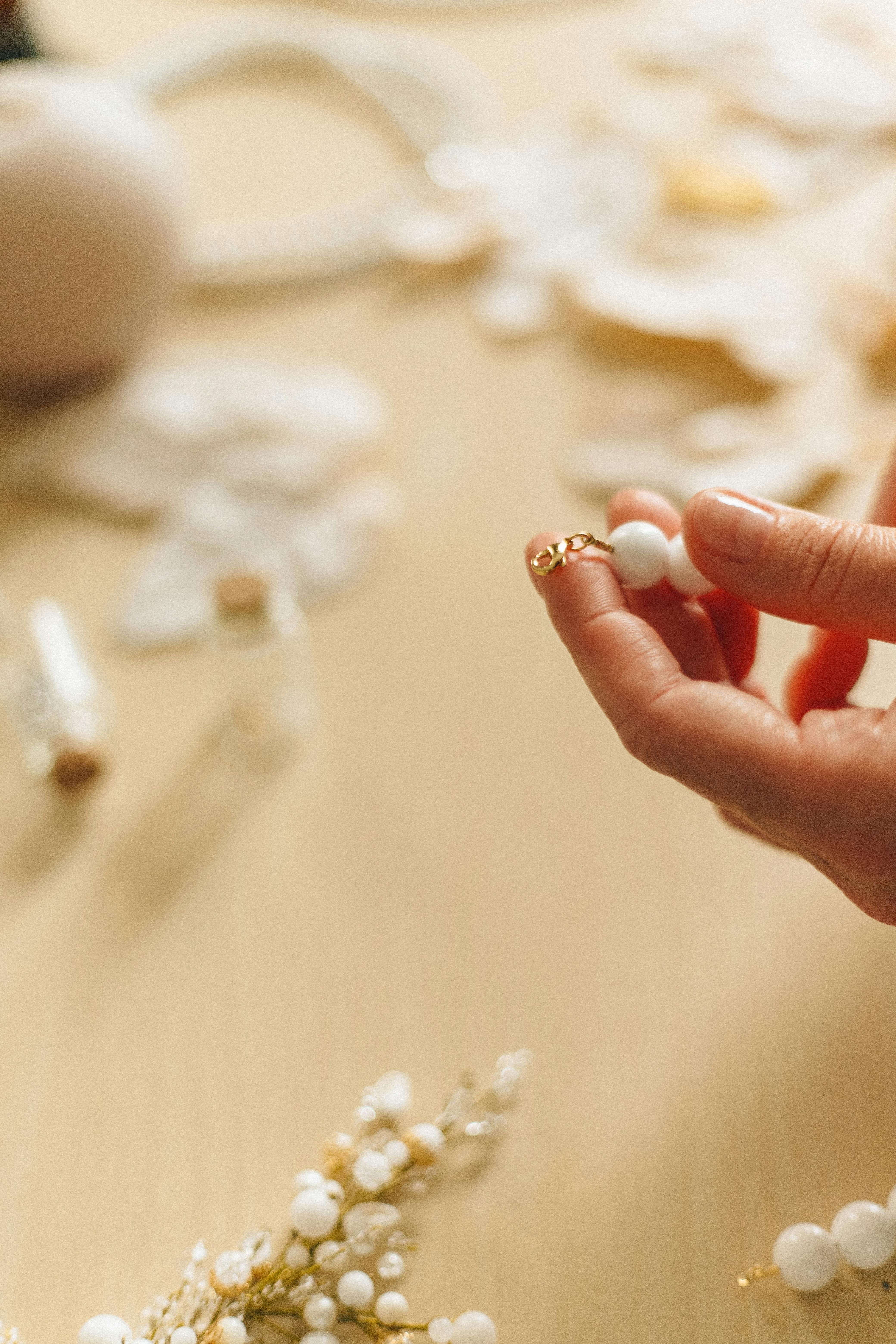
4. Benefit from varied shapes and steady harvests
Freshwater molluscs often produce multiple pearls per animal, which leads to a steady harvest and a wide range of forms such as button, coin, drop, baroque, and keshi, directly linking cultivation methods to product diversity. Higher per-mollusc yields make it easier to source matched pairs or complementary shapes, so ask suppliers about batch sizes, available sorting by shape and grade, and traceability to forecast availability. Check drill orientation and request loose pearls already sorted by shape and surface quality when planning production or bespoke work.
Designers can embrace irregularity: bezels, secure prong mounts, and wire-wraps work well, and pairing complementary forms creates balanced compositions rather than forcing exact symmetry. When sourcing, request loose pearls already sorted by shape and size, check drill orientation for intended stringing or setting, and ask for extra samples to confirm consistency for bespoke commissions. Recognise that some baroque or thin-edged pearls can be more fragile, and plan protective mounts, softer threads or beads for stringing, and careful handling during setting to avoid chipping and preserve the nacre. Clear communication with suppliers about sorting, grading, and batch availability helps makers and retailers forecast supply and design with confidence.
Try a single baroque pearl on a bold gold chain
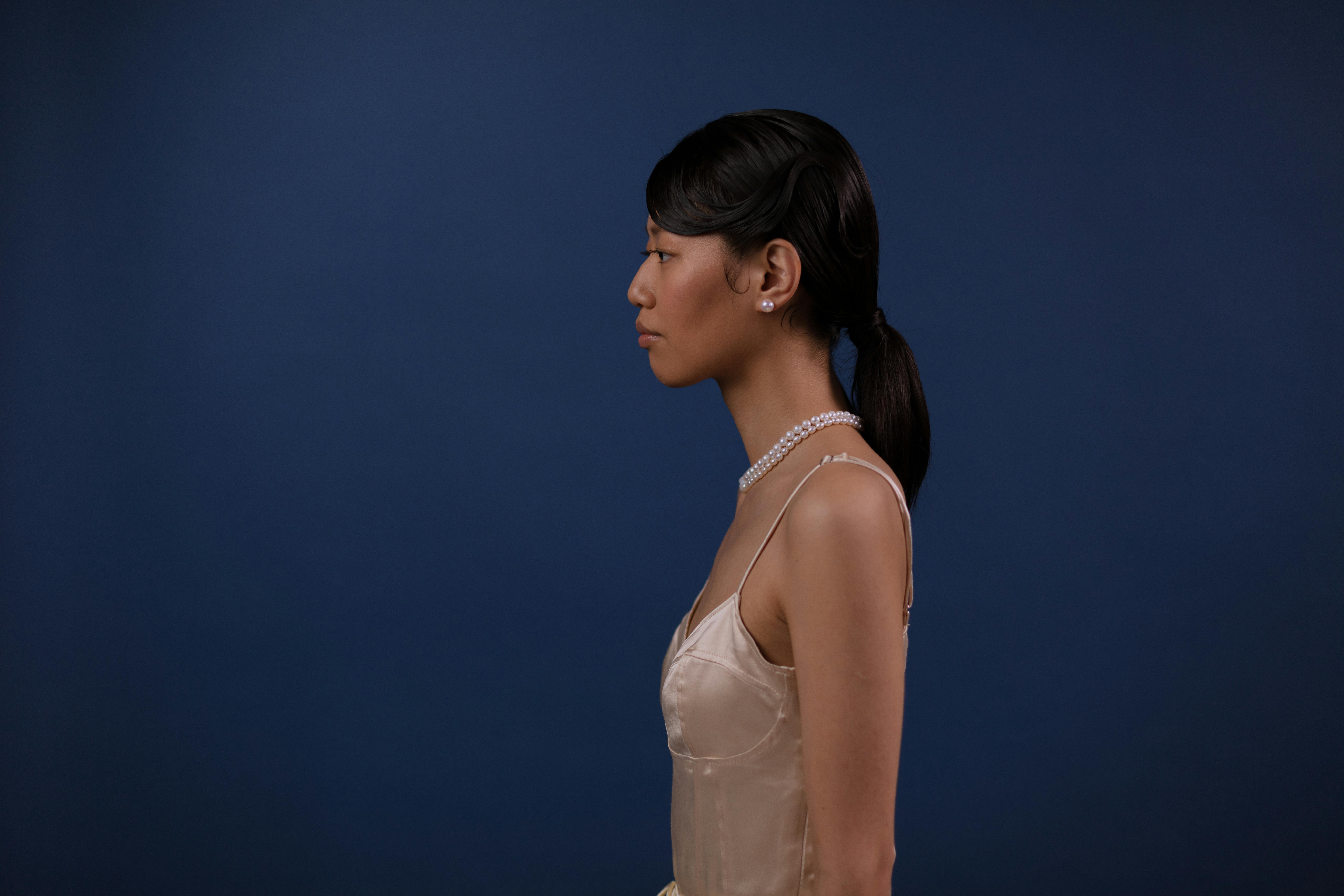
5. Opt for ethically farmed pearls with lower environmental impact
Freshwater pearl farms operate in controlled basins or intertidal lakes where managers confine mussels and avoid the need for extensive dredging and open water harvesting, which reduces seabed damage, bycatch, and habitat disturbance. These closed systems often use hatchery-reared spat and deliberate basin management, giving buyers specific practices to verify. Useful transparency indicators to request from sellers include independent third-party audits, chain of custody documentation, traceable origin statements, water quality reports, stocking records, or recent photos from the farm.
Many freshwater operations use lower chemical inputs and limited external feed, which helps cut nutrient loading and lowers the risk of disease transfer to wild populations. Ask whether farms monitor and publish effluent and disease-control measures, and whether they rely on routine treatments or on proactive husbandry. Social criteria such as cooperative ownership, fair labour practices, local employment, and reinvestment in communities provide additional evidence of ethical management, so request information on worker conditions, profit-sharing, or community projects. Finally, favour farms that document ecological co-benefits, for example mussels acting as filter feeders, low-intensity stocking strategies, or active habitat restoration programmes that support wild populations.
Choose traceable freshwater pearls for verified, everyday elegance.
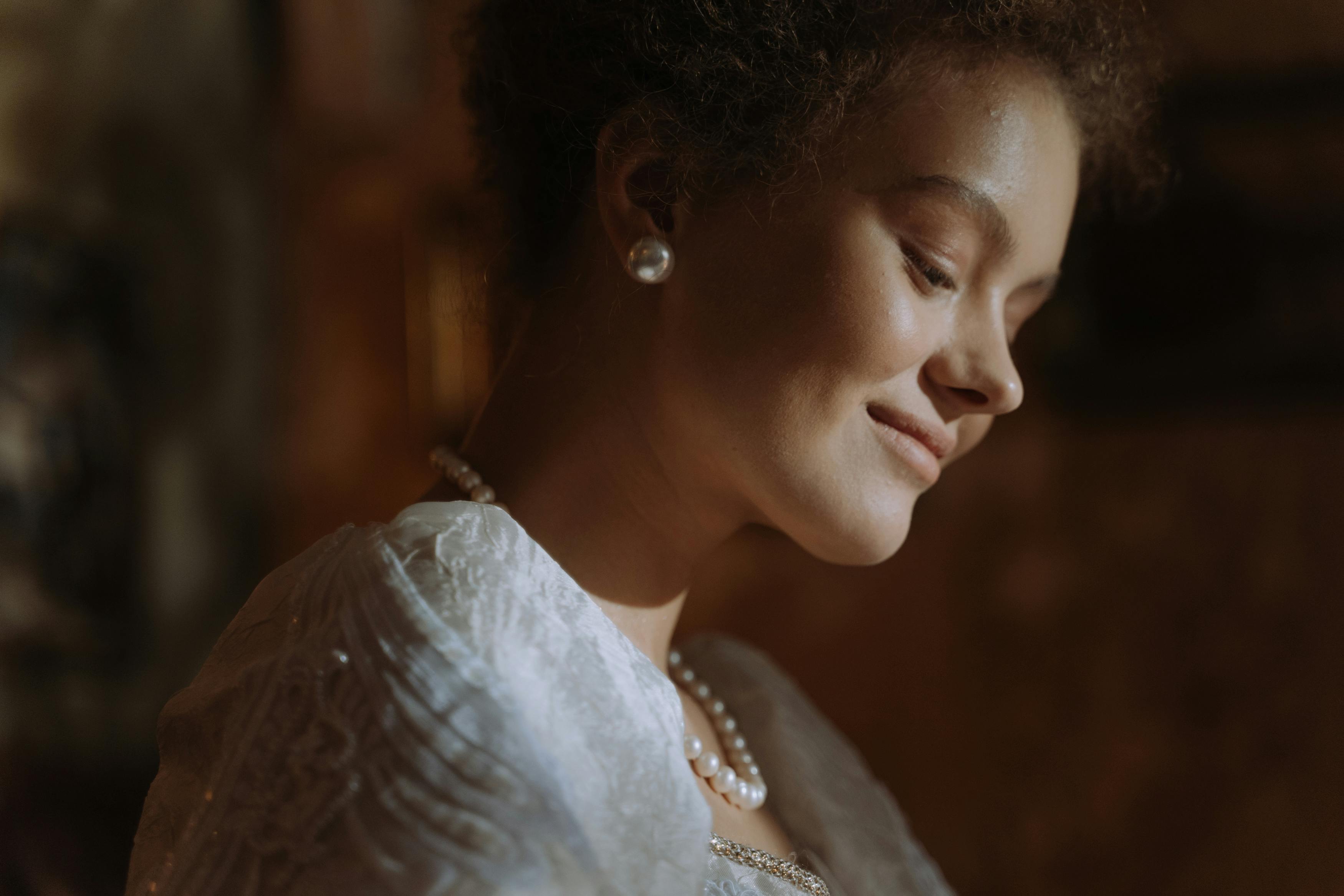
6. Choose freshwater pearls for greater accessibility and value
Freshwater pearls are produced in large numbers and present a wider range of shapes, sizes, and natural colours than many open water pearls, which makes it easier to match specific designs or to assemble perfectly matched sets for necklaces and earrings. When judging value, look for thick, all-nacre formation, strong lustre, minimal surface blemishes, and good symmetry of shape, and ask sellers for magnified images and certificates that disclose any treatments and the pearl's origin. These objective checks help you compare pieces on quality rather than reputation or marketing.
Because most freshwater pearls are tissue-nucleated and therefore largely nacre, they feel substantial and respond better to restrings or repairs than many bead-nucleated open water pearls. Treat them as wearable items: wipe pearls with a soft cloth after wearing, avoid contact with perfumes and household chemicals, and store strands flat and separated to prevent abrasion. Before buying, ask sellers or certifying bodies clear questions about cultivation methods, farm oversight, traceability measures, and whether third party audits or chain-of-custody documentation are available. Their variety suits contemporary, multi-strand, and mixed-media jewellery, so prioritise roundness and uniformity for classic strands, and embrace irregular shapes and unique colour for modern, bespoke pieces.
Choose round AAA freshwater studs for thick nacre, strong lustre.
7. Design versatile jewellery for everyday wear
Freshwater pearls come in a wide range of shapes, so use baroque and off-round pearls as focal points for relaxed, contemporary pieces, while matched rounds provide understated staples. Selecting smaller sizes, short drop lengths, and low-profile settings such as bezel or flush mounts reduces snagging and helps pieces sit flat against common fabrics. Pairing pearls with fine chains, leather, woven cord, or matte metal finishes creates a contrast of lustre and texture that makes jewellery read as modern and easy to wear day to day.
Design a capsule of complementary items, such as studs, a pendant, a short necklace, and a bracelet, that share colour and scale so customers can layer or strip back depending on the occasion. Make pieces convertible and layerable so the same components adapt from casual to polished looks without heavy sorting or extra tools. Specify locking clasps, reinforced drill holes, and protective settings to increase durability for frequent wear, and test finished designs against common fabrics to ensure they move with the wearer. Provide clear, simple care guidance so customers know how to protect lustre and avoid damage, which helps pearl pieces withstand everyday use while retaining their appearance.
Choose low-profile grey pearl studs for modern everyday elegance

8. Keep freshwater pearls lustrous with simple care
Wipe pearls after wearing with a soft, lint-free cloth dampened with water to remove skin oils, sweat, and cosmetics. For heavier grime, use a drop of mild, pH-neutral soap on the cloth, rinse with clean water, pat dry, and lay the pearls flat to finish drying before storing. Avoid contact with acidic or alkaline substances such as perfume, hairspray, household cleaners, and perspiration, because pearls consist largely of calcium carbonate and protein, which these chemicals can etch or weaken.
Store pearls flat and separate from metal and gemstones in a soft, breathable pouch or lined jewellery box to prevent scratching, and avoid airtight plastic bags that can trap moisture or encourage drying. Do not use ultrasonic or steam cleaners, and keep pearls away from strong heat, because the organic nacre reacts poorly to mechanical agitation and high temperatures. Check the string and knots for fraying or looseness before wearing, and restring if they show wear. Wear pearls regularly so natural skin oils help maintain their lustre.
Showcase your cared-for pearls with this gold-accented bracelet.
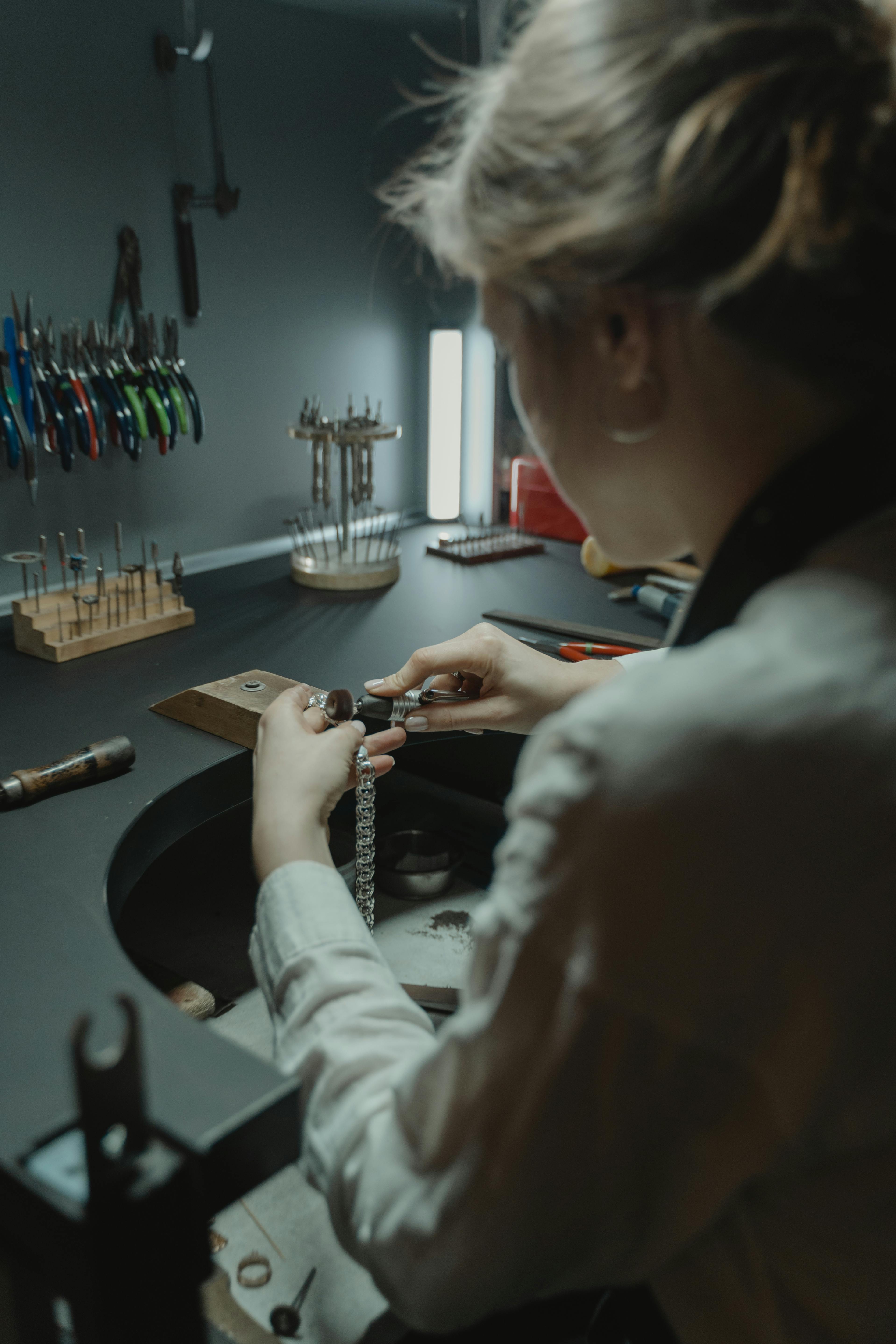
9. Craft bespoke pieces that showcase freshwater pearl character
Catalogue the pearl characteristics you want to highlight, such as shape, size, colour, overtone, and surface texture, then group available pearls into selection piles. Freshwater pearls typically form from mantle tissue and show thicker nacre and a greater variety of shapes than open water pearls, which lets you design pieces that celebrate irregularity and depth of colour. Choose settings that protect and accentuate each pearl, favouring low-profile bezels, wire-wrapping, or soft prong cups for baroque forms, and match metal tones to overtones, for example warmer metals with peach or cream pearls and cooler metals with silvered or grey tones.
Treat surface texture and blemishes as deliberate features by introducing contrasting metal finishes, such as a matte backplate or hammered bezels, or by echoing a pearl's irregularity with organic metal forms. Develop design templates to test compositions before committing: try a graduated strand of mixed baroque sizes, a single large coin or baroque pendant on a fine chain, clustered stud or drop earrings, or mixed-media pieces combining pearls with textured metal or coloured gemstones, and lay out multiple arrangements physically to judge balance, focal weight, and movement. Streamline the commissioning process with actionable briefs that specify target shapes, maximum size variance, preferred overtones, and acceptable surface marks, and request bead-by-bead selection or mock-ups where possible. Confirm stranding and clasp methods up front, because direct selection and clear communication reduce revision cycles and increase the likelihood that the finished piece reflects the pearl character you intended.
Showcase baroque pearls with flowing gold plated sculptural hoops.
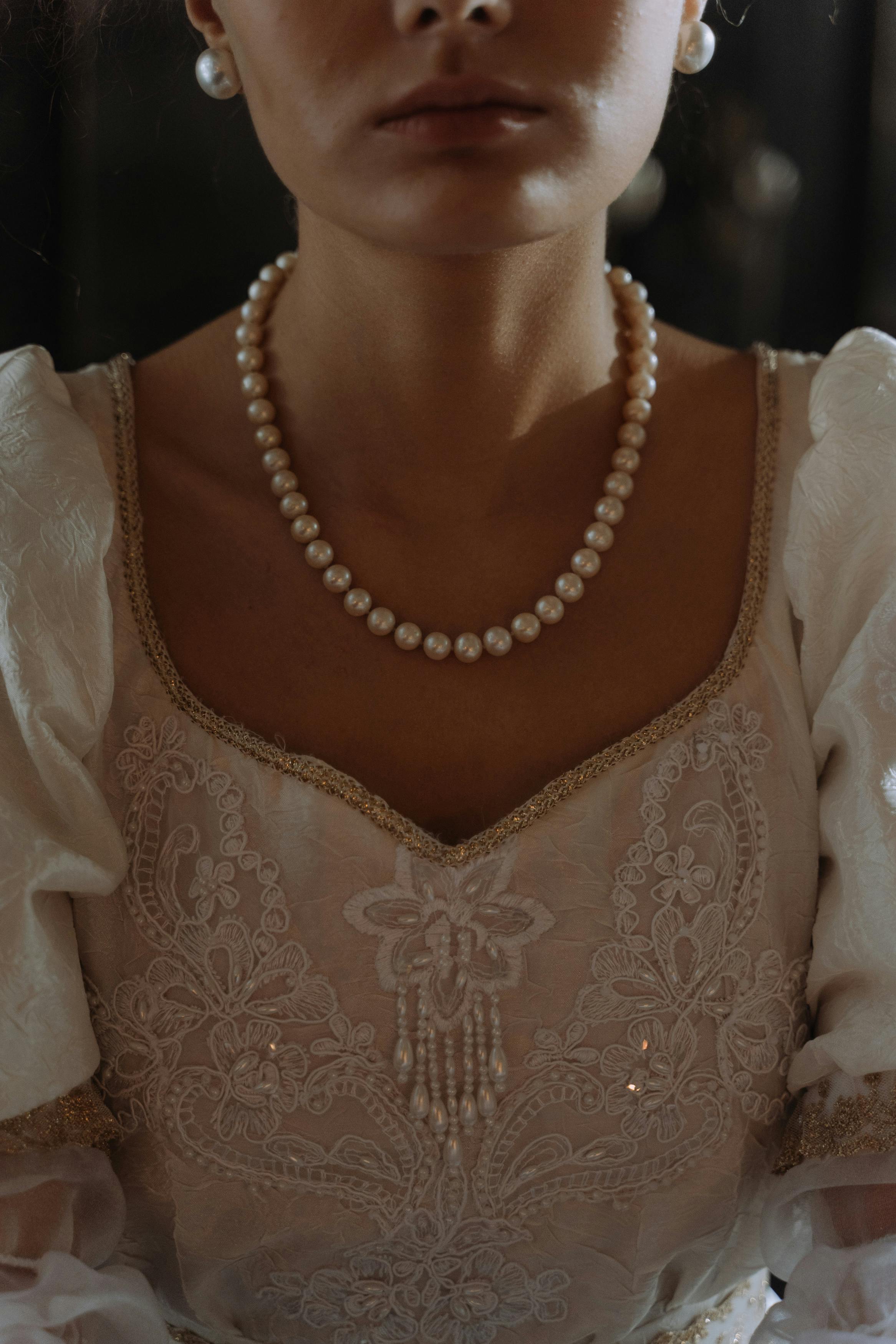
10. Choose freshwater pearls for consistent supply and enduring sentimental appeal
Freshwater mussels often yield multiple pearls per animal, producing a steadier, broader output than single-pearl, bead-nucleated oysters, which makes matching replacements or creating duplicate pieces simpler. Many freshwater pearls form as all-nacre layers rather than thin surface coatings, so they retain lustre and withstand cleaning and restringing better, and you should ask sellers about nacre thickness or inspect lustre and drill-hole integrity before buying. Their wide range of shapes, sizes, and natural colours gives designers more room to choose classic, neutral hues for enduring appeal, or to mix shapes deliberately for personalised, recognisable heirlooms.
Clean freshwater pearls with a soft cloth and a mild, non-alkaline soap, avoid ultrasonic devices and harsh chemicals, and inspect drill holes when restringing. Keep a written record of professional restringing and any repairs to preserve provenance for future owners. When buying, ask for nacre details and cultivation notes so future owners can trace origins, understand durability, and maintain the piece appropriately.
Freshwater pearls combine thicker all-nacre formation, a broader natural colour palette, and a wider range of shapes, with more traceable cultivation and straightforward care. Those measurable traits lead to pieces that hold their lustre, withstand regular wear, and give designers and buyers greater flexibility.
Use the ten headings as a checklist: verify nacre thickness and provenance, inspect colour and surface under magnification, request loose samples, and confirm farm documentation. Following those steps helps you select enduring, versatile jewellery that preserves provenance for future owners and suits everyday life.






